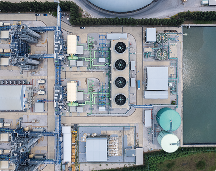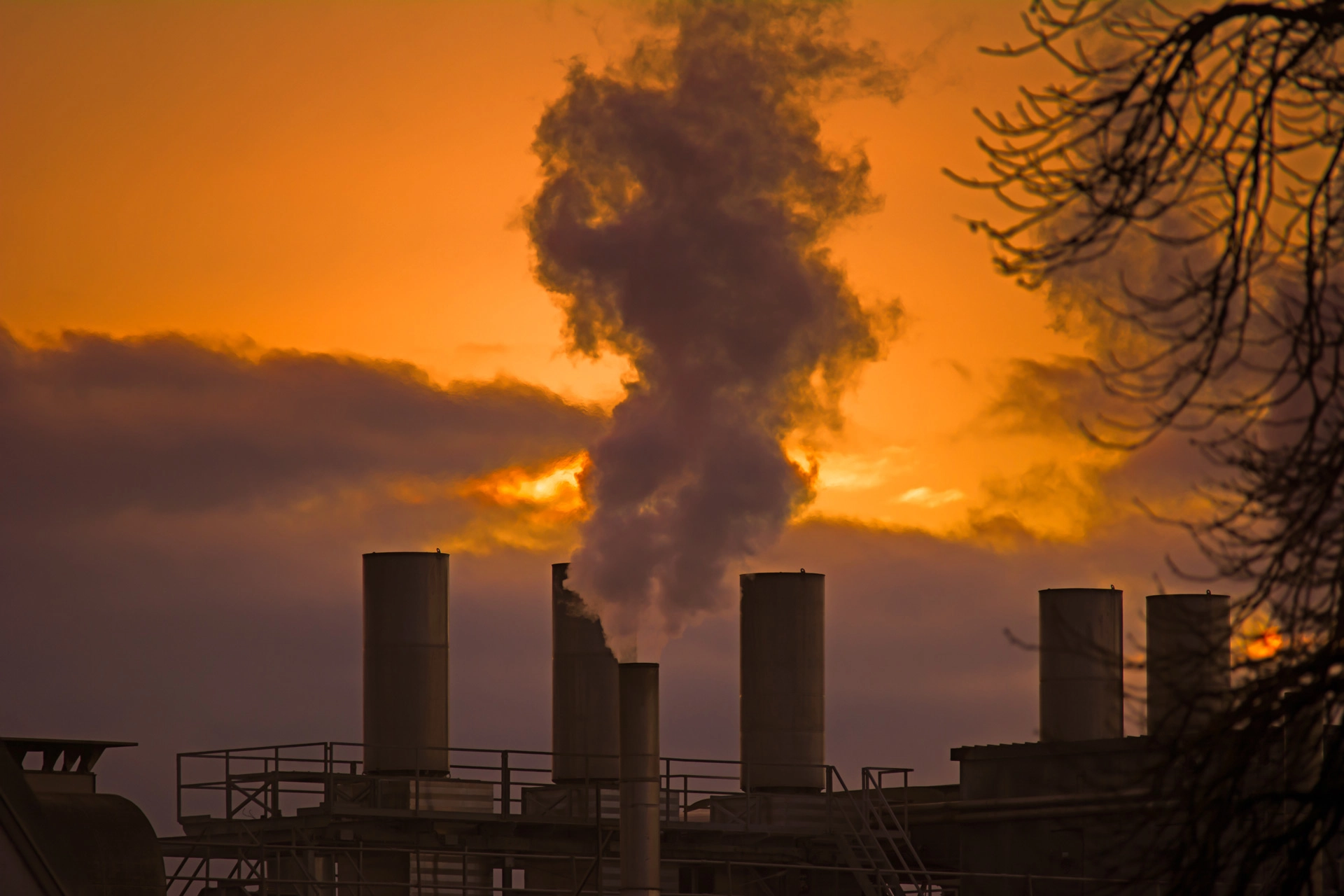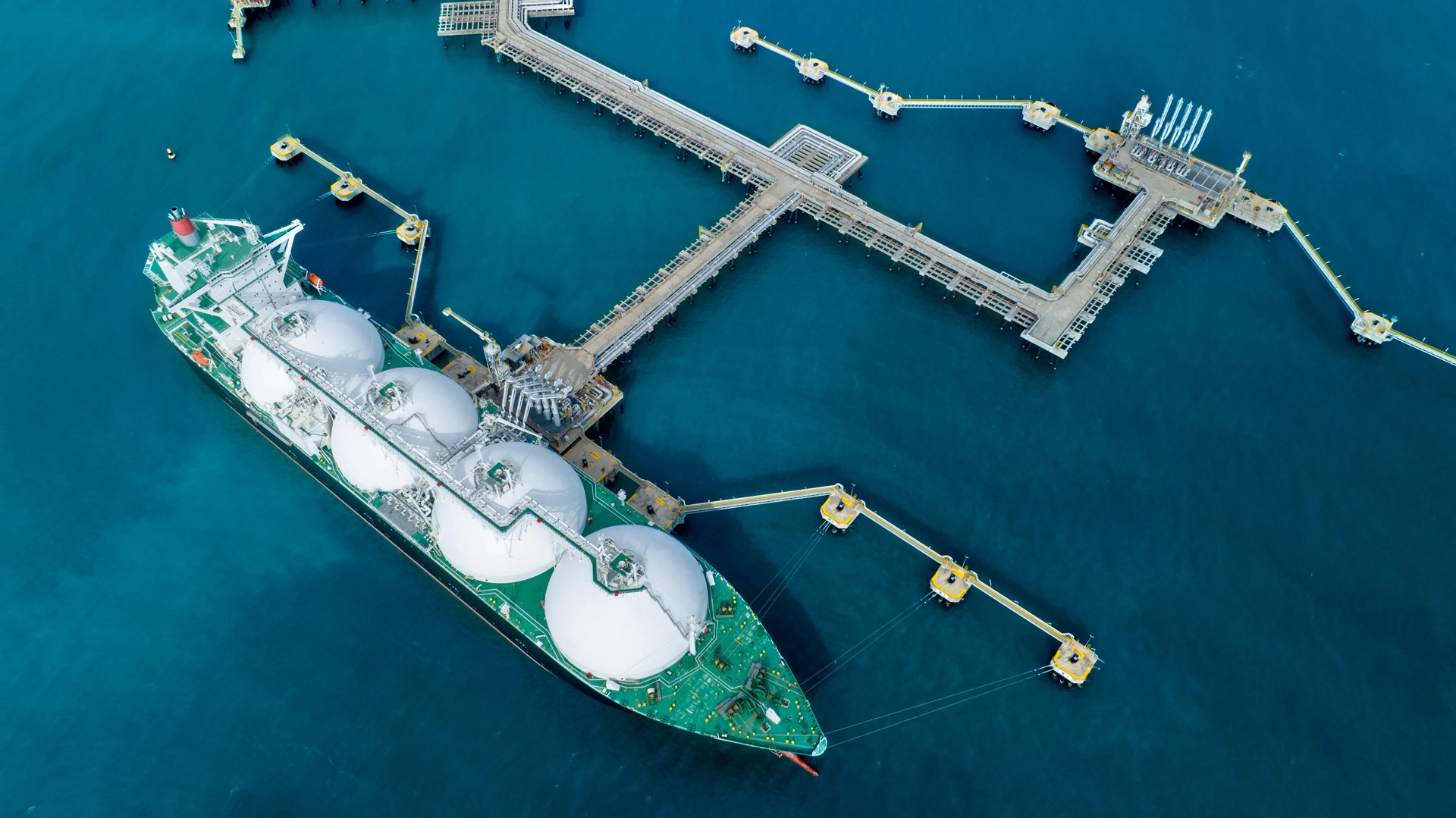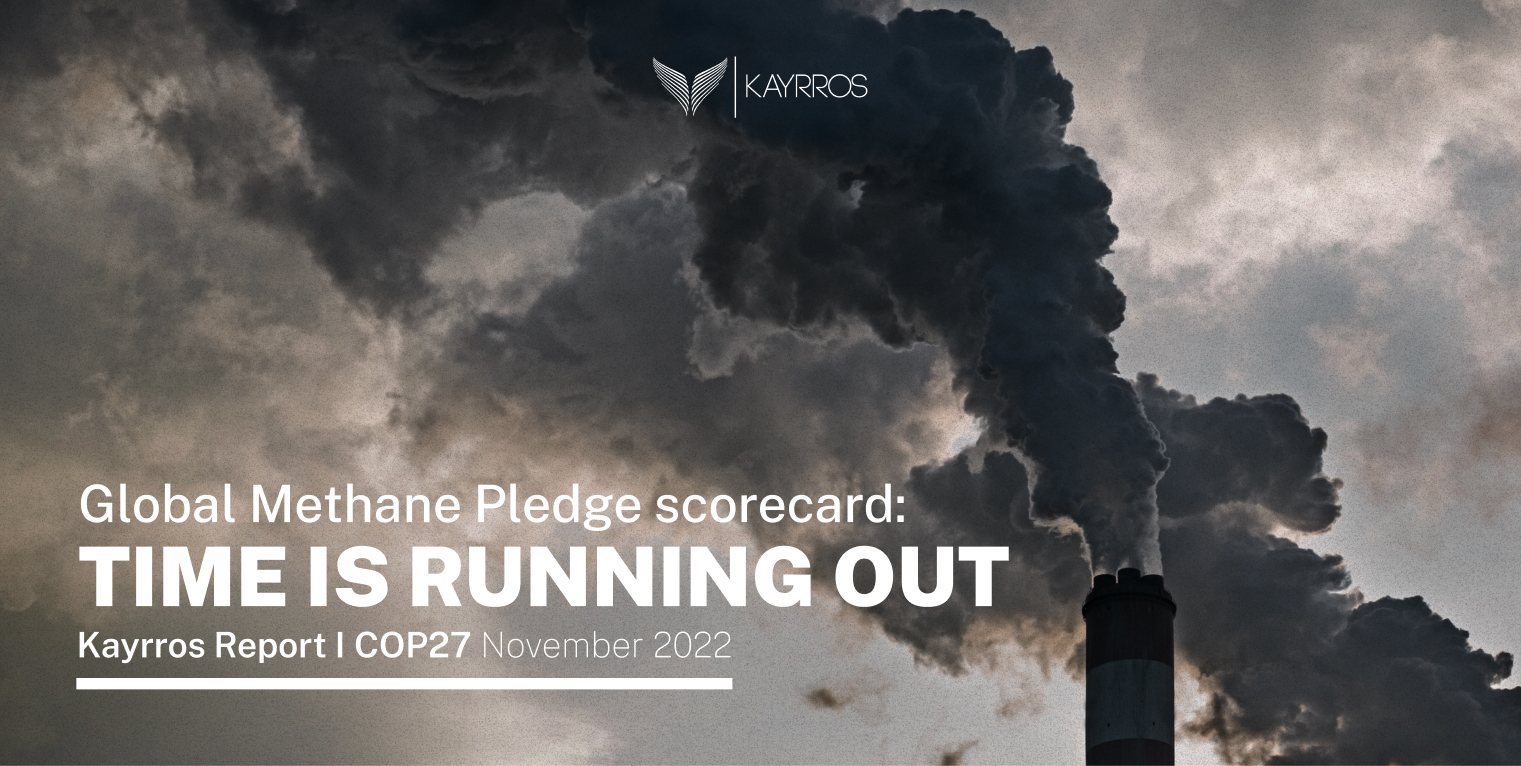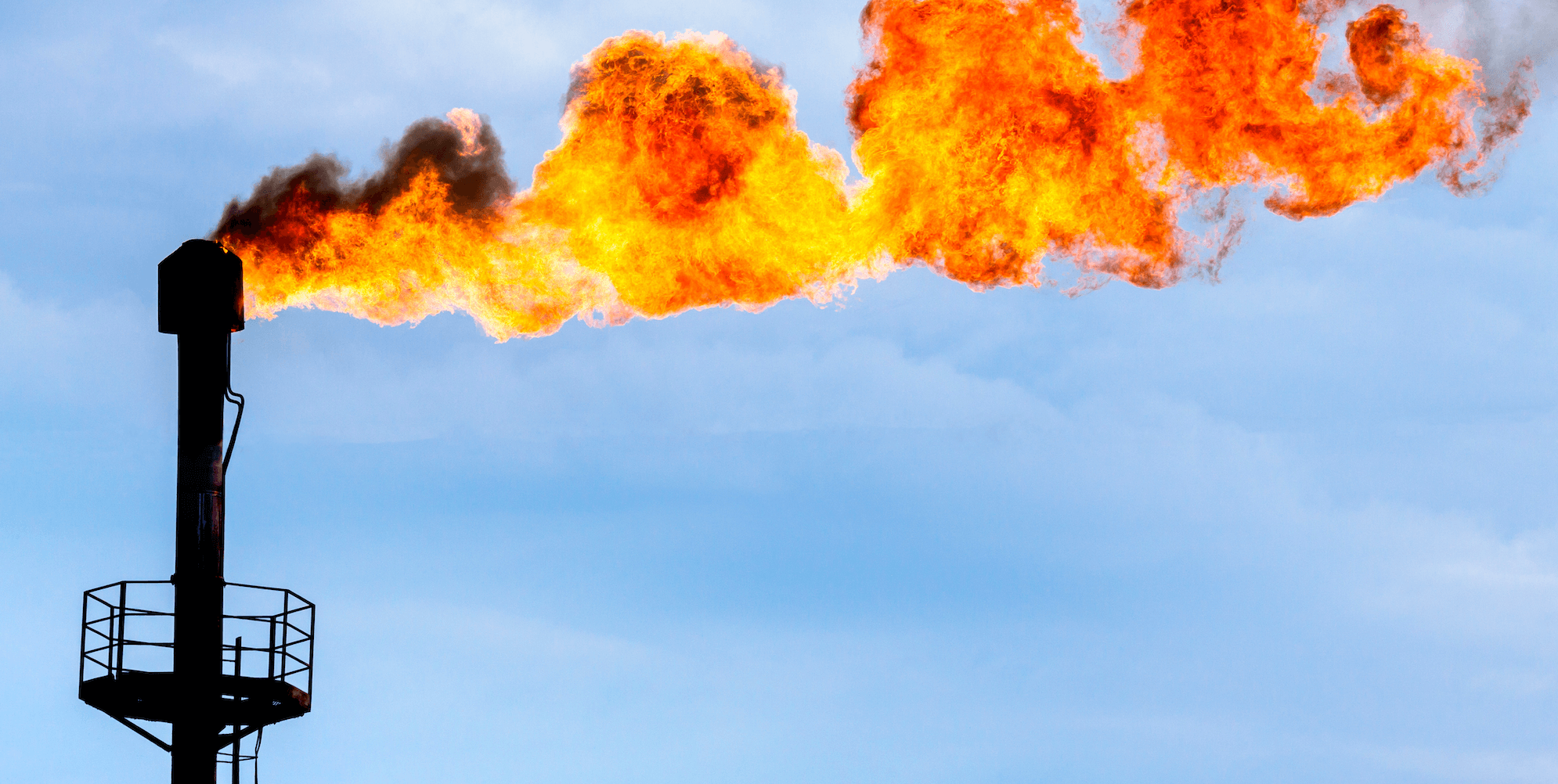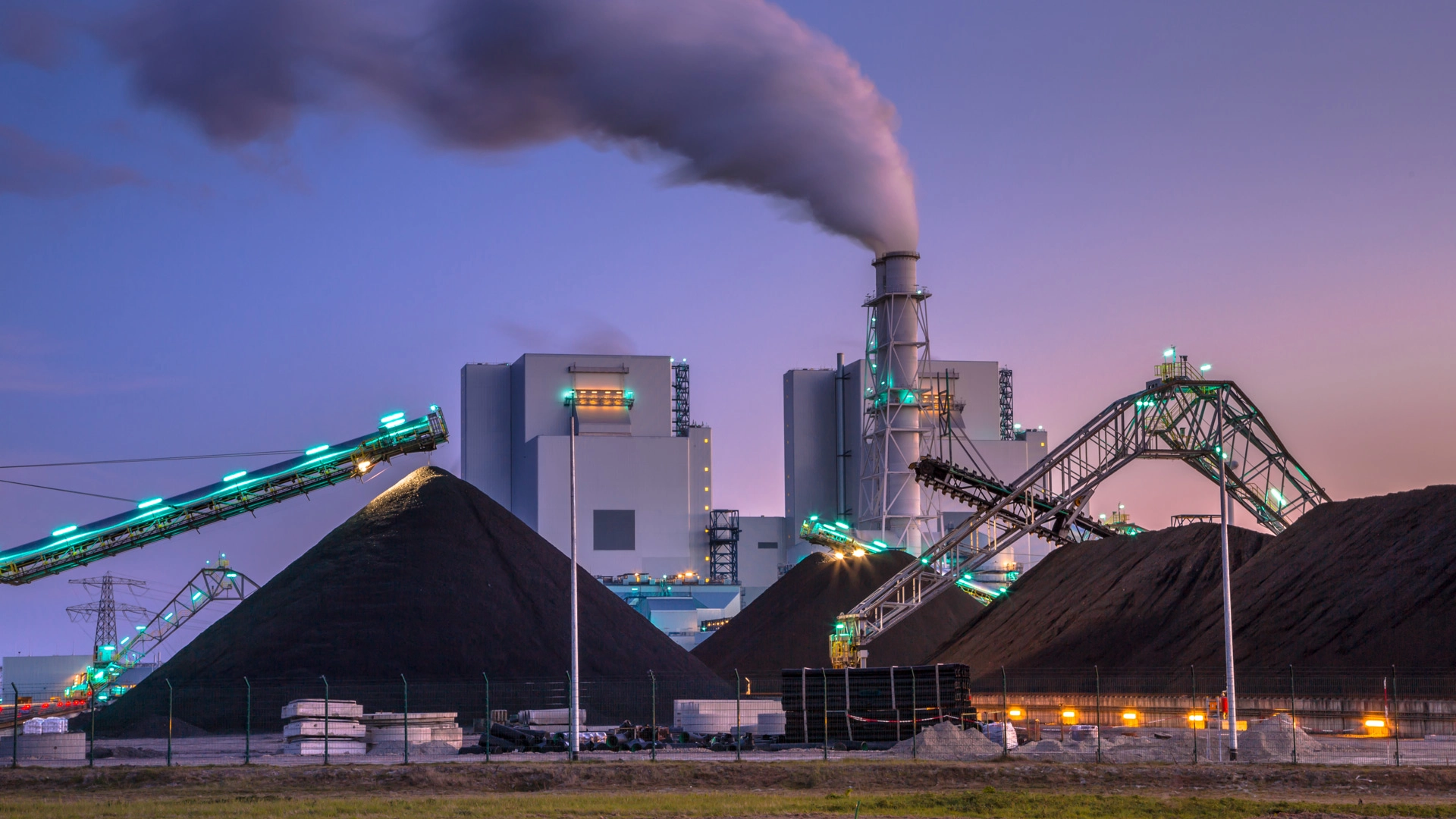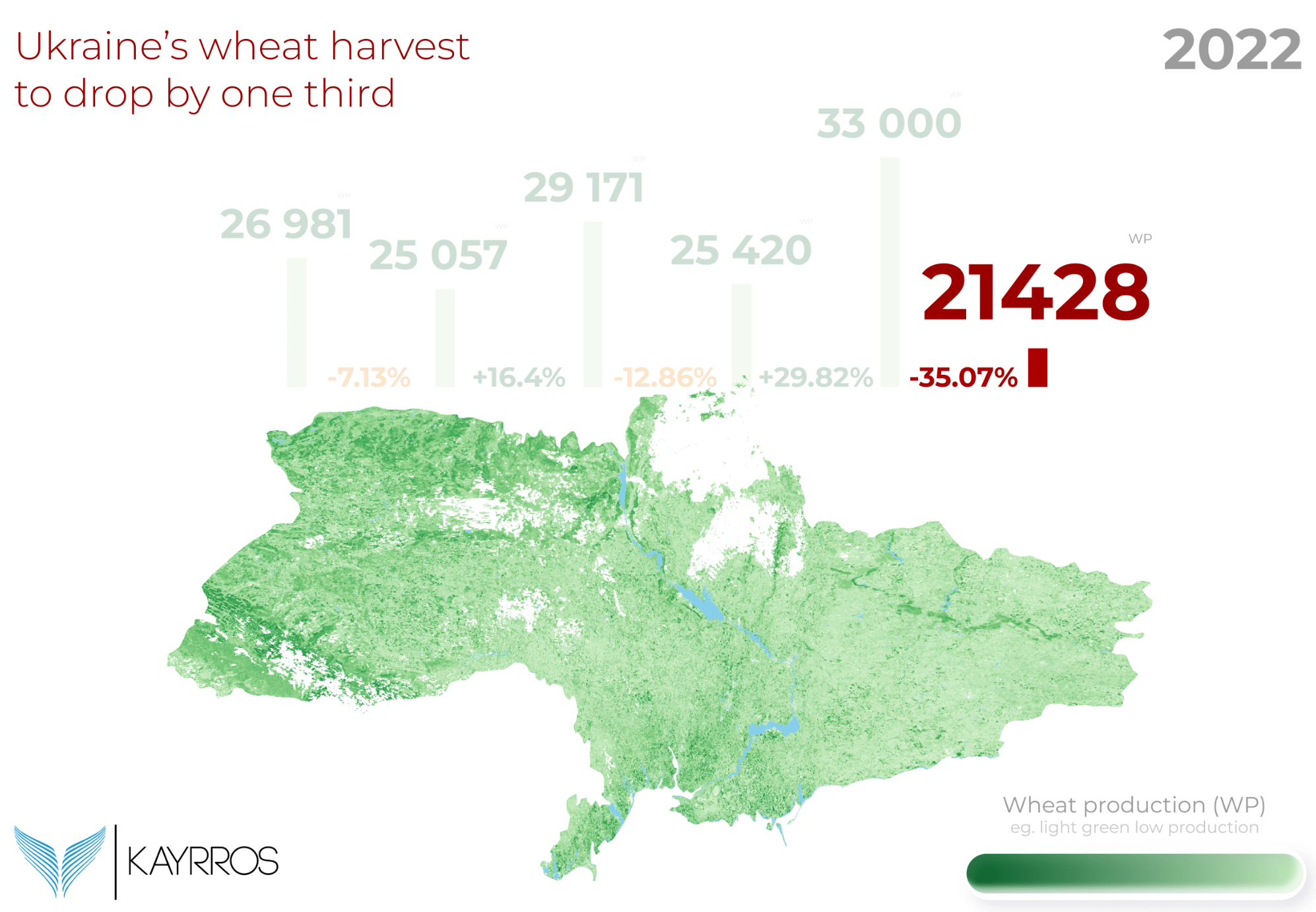Étiquette : Blog
Global CO2 emissions crept up by 0.9% (about 320 MT) to a new record high in 2022, according to a new report from the
Why Battery Construction Monitor? Battery storage systems play a crucial role in storing excess energy from renewable sources but trading in storage assets represents
A year after Russia’s invasion of Ukraine, satellite data show that far from plunging as initially feared, onshore crude oil stocks have built by
Kayrros monitoring shows signs of restart at Freeport LNG’s long idled 15 MTPA (2.2 Bcf/d) Quintana Island liquefaction and export facility near Freeport, Texas,
The Financial Times today announced its winners of the FT Tech Champions 2022 award Environmental intelligence company Kayrros placed first in the competitive IT
Key points Overall basin-level emissions are roughly unchanged and have failed to deliver the 7% annual reduction needed to meet the Global Methane Pledge
Q12022 data raise concerns about greenhouse gas footprint amid calls for higher oil and gas production. Methane emissions from some of the most prolific
Coal-fired power generation in China plummeted in early May to its lowest level in four years but might be bottoming out, show data from
Satellite images show that Russia’s invasion of Ukraine has severely disrupted the wheat planting season. Production this year is expected to be at least
CATEGORIES
Catégories
- 3D Mapping (1)
- Carbon Watch (4)
- Cement (1)
- China Power Watch (1)
- Entreprise (16)
- Crude Oil Intelligence (29)
- Demand (10)
- E&P Intelligence (2)
- Émissions (14)
- Events (1)
- Investisseurs (1)
- Jet Fuel Demand (1)
- Kayrros Eye (9)
- LNG (2)
- Methane Watch (2)
- On-Road (3)
- Operations (14)
- Plateforme (4)
- Powerlines (1)
- Communiqué de presse (8)
- Production (16)
- Refineries (7)
- Technologie (16)
- Traders (24)
- Uncategorized (2)
- Unclassified (2)
- Wildfire Risk Monitor (1)


